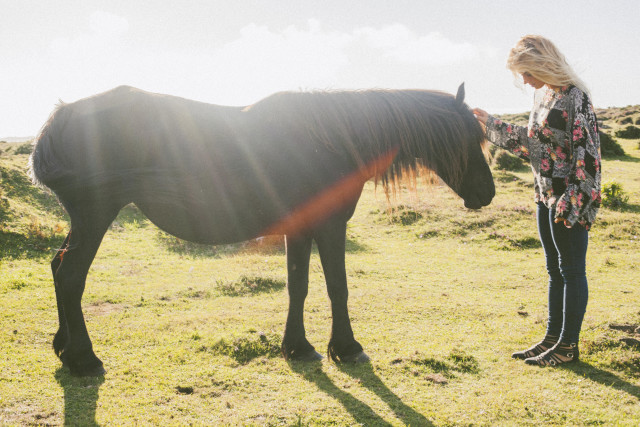Looking after horses is no easy task. Horses are still animals, even if they are easier to domesticate in comparison to most wild animals. This means in the world of human beings, farming sectors and barns, horses can get hurt. They are known for being a versatile animal that have been helpful to most people, especially to farmers.
In addition, there are horses that are bred specifically for racing, and require training. Other areas horses are utilized are in, sporting events such as polo, and leisure activities such as horse riding on the beach, hiring a horse carriage service or riding a pony at the fair. All of which can produce multiple instances in which a horse can be injured for a variety of reasons. In order to get your horse back to its healthy state, here are a few ways to treat your horse in case of an injury:
1. First Aid
Mild abrasions and superficial wounds can generally be handled on the farm as long as you have the required knowledge to take care of a horse using a horse’s first aid kit. Make sure to keep the wounds clean and try to use sterile saline to wash off any dirt or excess on the wound.
Additionally, it is important as a farmer, ranch manager or racer to have leg wraps for horses in your first aid. These wraps have the ability to safeguard ligaments and tendons while providing protection for rundown abrasions. Additionally, they can be used to keep flies away from the wounded area.
2. Apply Ice
When a horse is wounded, the injured area could go into a stage of inflammation. This makes it quite uncomfortable for the horse. One of the best ways to reduce the extent of inflammation is to thoroughly clean, remove every dead skin cell and keep it spotlessly clean. It is also best for you to utilize ice to ease the discomfort the horse could be feeling.

3. Tetanus Shots
Due to the general living environment of horses, they are more susceptible to certain organisms that could cause tetanus. For instance, manure will produce an abundance of tetanus organisms. If a horse gets this disease the probability of its death is quite high. Therefore, making sure your horses receive an annual tetanus vaccination will ensure optimum protection from the virus if injured.
4. Get the Vet Over
Don’t try to do everything yourself, there are certain wounds that are more complicated than others and need to be treated by a professional vet. For instance, if a deep wound is not treated for more than 6 hours the vet will have suture it in order to protect the deep tissues. Whilst awaiting the arrival of your vet make sure to keep your horse in one place and quiet.
5. Hand-Walk and Slow Return to Exercise
Depending on the severity of the injury, the time line to start hand-walking and returning to physical activities can differ from horse to horse. Hand-walking promotes healing, you can begin with ten minutes as per your vet advises and gradually increase the time. Moreover, you can slowly and gradually set up an exercise program with your veteran in order to get your horse back to its usual work, include regular monitoring and check-ups to observe progress.
Get your horse back on track after using these tips.



